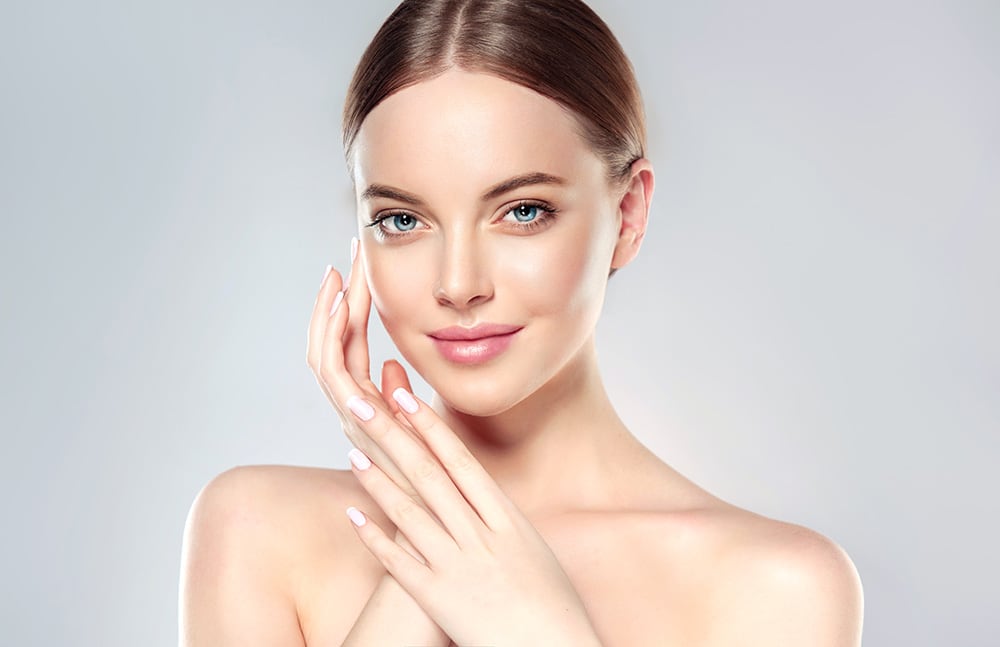There are many different types of machines used for laser skin resurfacing to treat aging skin issues. Some of these devices provide very little noticeable improvement. Other devices provide a result that varies greatly from one patient to another depending on their skin type. The CO2 (carbon dioxide) laser has been available since the late 1990s and is used by our plastic surgeon. It provides very reliable and predictable results for treatment of aging and sun-damaged skin.
One key to getting safe, reliable results is to not over do the treatment. If the laser is used too aggressively, it is possible to create excessive redness, uneven pigment and even scarring. It is best not to be too aggressive in one treatment. A second treatment can always be done later if greater change is desired.
Another key is patient selection. For skin that is more darkly pigmented, this type of laser skin resurfacing is not a good option. The risk of creating uneven pigment problems is increased. Best results are seen with lighter skin types. And these are the patients that typically have accumulated the most sun damage throughout their lifetimes.
A fractional CO2 laser provides a less aggressive partial treatment of the skin. This allows for less tightening and improvement with a faster recovery. Patients are usually disappointed with the results of fractional CO2 laser on the face, it cannot compare to the traditional CO2 laser treatment. But some areas of the skin cannot be treated with the traditional CO2 laser—neck, upper chest, back of the hands. The fractional CO2 laser is a good option where the skin is thin, although multiple treatment sessions may be required.
Laser Skin Resurfacing Surgery
Although there is not cutting or sewing, this is a surgical procedure performed by James M. Shaw, MD. General anesthesia is best for treatment of the entire face. Laser resurfacing of smaller treatment areas can be performed with the patient under IV sedation. The laser will strip away the epidermis or the outer layer of dry skin and then shrink the next layer. Initially, the face is red and swollen with some fluid seeping. Ointment is applied until the new outer layer of skin grows back, which is usually five or six days. Once the new skin has healed, sunscreen and makeup can be applied. This treated area will be pink and this will lighten over the next three to six weeks.
You will want to gently wash your face two or three times a day after laser resurfacing. Ointment can be applied as often as necessary to keep the skin surface from becoming too dry. Itching can be bothersome at night. Benadryl is very helpful to ease the itching and can be a bit sedating at night.




